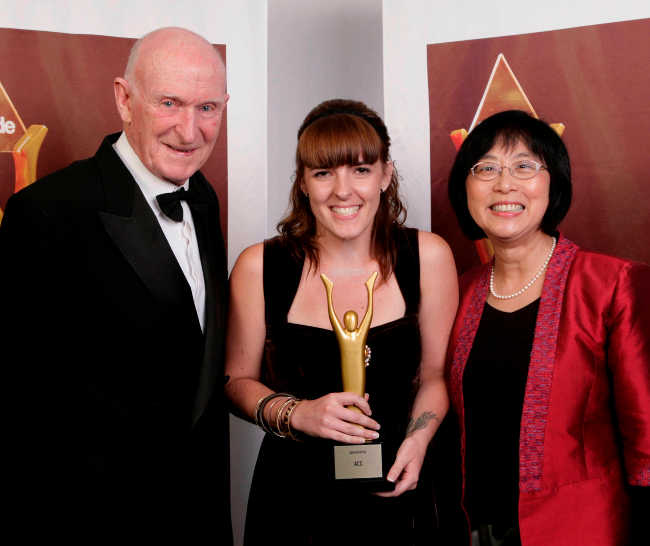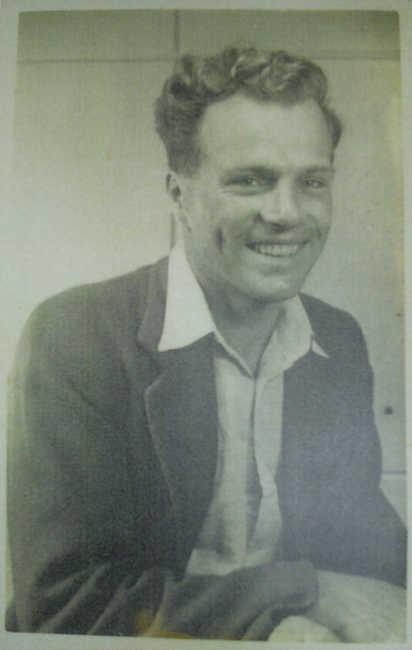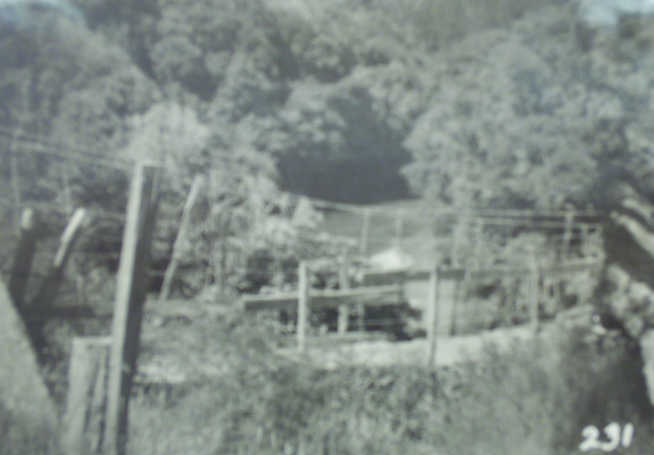Involvement with the media Dorothy – 30/05/03
As mentioned in chapter 2 Neil’s first appearance in the Press had been a photo of him launching a balloon as part of his research for his PhD in 1969.
Auckland television In 1972 Neil was on the television National News talking about the air pollution potential of the air over Auckland. There was a lot of concern about pollution from traffic at that time.
First Christchurch television appearance – the 1975 wind storm His first television appearance after the move to Christchurch was on 1 August 1975 commenting on the big wind storm which destroyed so many forests. In those days the Meteorological Service (Met Service) officers could not defend the Met Service. The only person who could speak on behalf of the Service was the secretary – what we would now call the Chief Executive – so the media approached Neil to explain why the Service got the forecast wrong. Neil pointed out that they did not get the forecast wrong. They said that the peak of the storm had passed but the wind would still be gusting up to eighty knots. The media put out the statement that the peak of the storm was passed without the statement about the wind which at eighty knots was still a hurricane force wind. Neil explained this on local television as in those days the National News used to break into local news. Rodney Bryant was then the interviewer on “The Mainland Touch”. He asked Neil to explain why the Met Service got it wrong, and Neil replied, “Actually, Rodney, they didn’t get it wrong. It was the journalist who got it wrong, only quoting the first part of the Met Service forecast and not the second part, so journalists have to understand technical information to get it across to the public.”
UFOs off the Kaikoura Coast – another case of journalists not understanding December 1978 TV1 news at 9.30 pm stated that there had been a filming of the UFOs off the Kaikoura Coast. TV2 had news at 10 pm. Neil was asked to go to the studio of TV2 and watch the TV1 news and then make a comment – live – on the TV2 news. They came to Christchurch for a comment from Neil because this was a national issue. Neil explained about a phenomenon called super-refraction which make surface lights like those on squid boats during nor’westers appear to float in the sky like a UFO. Super-refraction is an atmospheric phenomenon like looking down into a river at a salmon. It looks shallower, but as you walk past the fish and look straight down it looks deeper, and then as you walk past to the other side it rises up again because of the way the light goes into the more dense water. It bends and looks more and more shallow. This is exactly what happened with the so-called UFOs. They dipped down under the aircraft and rose up behind it, which is precisely what super-refraction does.
About ten years later Neil looked in the airport at a book about strange experiences. He looked up UFO and this event of the Kaikoura UFOs was documented. However they said that there has never been any explanation of what it was or how it occurred! They chose not to acknowledge Neil’s explanation fifteen minutes after they were reported on television and reported on the front page of the Star the following day.
Radio broadcasts and newspaper articles on weather For two years following the Parliamentary election 1991 – 1992 Neil was the daily weather forecaster for 93FM on radio at 7 am every morning. He was also doing monthly weather sessions on 3ZB and regular programmes and talkbacks with George Balani and Robin Harrison on 3ZB on the topic of weather. For two years he wrote a weekly column for the Christchurch Star.
Another UFO? Neil’s role during those years was explaining the science of the environment, the weather, and UFOs. Another reported UFO was a hovering red-bottomed space ship which suddenly disappears. It is called altocumulus lenticularis – a lens-shaped cloud which people in New Zealand call hogs’ backs. It is a nor’wester wave cloud. Sometimes there are circular clouds made by circular peaks. They seem to hover and sometimes get lights on them as the sun goes down and then they can suddenly disappear as their stability changes as the sun goes down. It is a localised lee wave so the air going across forms a little rounded peak. When it goes up over the freezing level or the condensation level a lens-shaped cloud is formed. The wave is very dynamic in the nor’wester and when the sun goes down the stability changes and the wave disappears. All of a sudden the cloud is not there. It disappears in a flash.
When Neil was doing his PhD he tracked a UFO. He was tracking a balloon using a balloon-tracking radar vehicle. When the balloon went out to the east it apparently stopped, came around, came back and then shot up across the Alps towards Australia. He does not believe that his balloon could do that, yet it was a real reflection because on the radar you could see the reflection on the scope and track it.
“It looked to us very much as though an aircraft had looked on its radar, and had seen the radar reflector on the balloon and come close to the balloon with a stronger reflection, so that the balloon-tracking radar picked up the aircraft which then flew across Canterbury and shot up at a great rate towards Australia.”
It looked more like something in the nature of a U2 spy plane than a commercial jet. We checked with the New Zealand Royal Air Force (NZRAF) and found that there were no NZRAF planes in the area at that time. Along with the meteorologists at the airport Neil watched this happen. That is what he believes is a true UFO – Unidentified Flying Object. It was an object that was flying, they tracked it, they could not find out what it was, so it was clearly a true UFO.
Change to the role of politician All his work as a community educator stopped when Neil was elected to the Regional Council because he was then a politician.
Sharing experiences about Motor Neurone disease Neil was always willing to share his research and experiences with the public if he felt it was for the public good. From the time he was diagnosed as having Motor Neurone disease he shared openly what it meant for him in interviews with the Press and on television.
For more information about Neil Cherry’s scientific research go to his website www.neilcherry.com
Return to the index of Neil Cherry’s life story.




